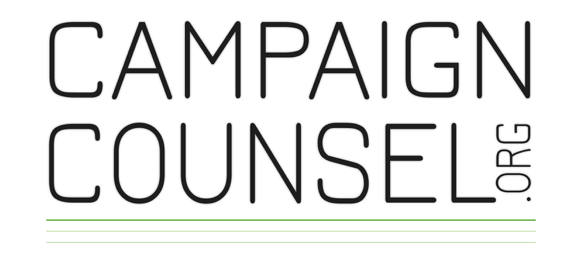High-Dollar Donors Favor Contact by Phone During Pandemic
A new survey of high-dollar donors to U.S. charities found that 35 percent favor contact by phone to consider significant charitable requests in today’s fundraising environment.
View our webinar on the survey results here.
The July survey of 200 high-dollar U.S. donors sponsored by CampaignCounsel.org asked donors to indicate their current preferences among the options of contact by phone, video chat, in person with social distancing and mask, or “other.” The option of “other” was chosen by 34 percent of high-dollar donors, just trailing the by phone response. Of those indicating “other,” the majority responded that email (59 percent) or mail (41 percent) were their preferred methods of contact.
The response of video chat came in at 18 percent and in person with social distancing and mask was preferred by 13 percent of those surveyed. The online study was run by Campbell Rinker among donors who gave at least $2,500 total to charities in 2019.
The survey also discovered distinct generational differences in contact preferences. Millennial high-dollar donors were most likely to prefer using video chat (35 percent) or in person with social distancing and mask (29 percent). Gen-X high-dollar donors preferred contact by phone (37 percent) or in person with social distancing and mask (26 percent). Baby boomer high-dollar donors chose “other” 41 percent of time, followed by “phone” at 36 percent.
“Nonprofits should be offering multiple methods of communication with their donors,” said Kevin Wallace, president of capital campaign planning and management company CampaignCounsel.org. “This starts with database management, is strengthened by donor research, and is completed by delivering the right message through the proper channel. Nonprofits that are trying to raise considerable capital need to extend their communication beyond annual galas or year-end reports. They should send monthly mission-, vision-, values- and impact-focused updates using all channels of communication.”
Charitable Decisions Driven by Prior Involvement and Mission
High-dollar donors surveyed also reported on factors impacting their decisions to offer charitable support. “Prior involvement with an organization” and the “organization’s mission” share an equal impact on their decision making. Ranked below these factors were the “impact a project would have on the organization and its service area” and “a personal relationship with the organization’s leaders.”
Millennial high-dollar donors were likelier to rate their personal relationships with leadership as an important gift decision factor compared to older donors. For their part, Gen-X donors saw a project’s impact as a more critical factor compared to other higher-dollar donors.
Local Charities and Specific Programs See Strongest Support
Like most donors, high-dollar donors see organizations that focus on local needs as most important to them (mean of 4.1 out of 5, slightly higher than “very important”). This was especially true among high-dollar Millennial generation donors.
As an organization’s focus grows wider, the perception of importance to donors declines, with regional (mean of 3.7), national (3.5) and international (3.0, just “somewhat important”) decreasing in impact. Only Gen-X donors break with this pattern, seeing national needs as significantly more important than their counterparts.
In terms of supporting charitable initiatives, high-dollar donors gave their highest support likelihood to “specific programs.” Following this leading initiative, unrestricted support for operations, improving infrastructure and funding endowments were significantly less popular among high-dollar donors.
High-Dollar Donors Remain Confident During Pandemic
High-dollar donors also indicated they are more likely to give now than before the pandemic. Eighteen percent expect to give more this year than they did last year, while just 12 percent said they expected to give less. A strong majority of high-dollar donors (70 percent) are likely to give the same amount this year than they did before the COVID-19 pandemic.
“That’s 88 percent of high-dollar donors indicating they are still willing and able to give despite the pandemic, economic downturn and social justice concerns facing the country,” Wallace said. “These results demonstrate that nonprofits should continue their fundraising efforts even though the landscape seems to have changed and even though they may be scared.”
Methodology
This online poll of 200 High-Dollar donors was sponsored by CampaignCounsel.org and conducted by Campbell Rinker from Jul 21 – 29, 2020. Responding donors had given at least $2,500 to charitable causes in 2019. Margin of error is ±6.7% at the 95% confidence level.
This study was coordinated with a broader study of US donor confidence fielded at the same time. Therefore, this study includes comparing high-value donor confidence with donor confidence nationally, measured at the same time.
About CampaignCounsel.org
CampaignCounsel.org is a capital campaign planning and management company that partners with civic, health, social, educational and faith-based nonprofits to raise capital for building projects. CampaignCounsel.org is based in southern Arizona and has team members across the country.
About Campbell Rinker
Campbell Rinker produces the highest-quality marketing research for non-profit organizations and other companies in the wider nonprofit community. Since 1991, Campbell Rinker staff members have honed and refined understanding of donor retention, member engagement, alumni motivations, volunteer interests and the perceptions and attitudes among all these vital nonprofit constituencies.
Updated March 10, 2021.





